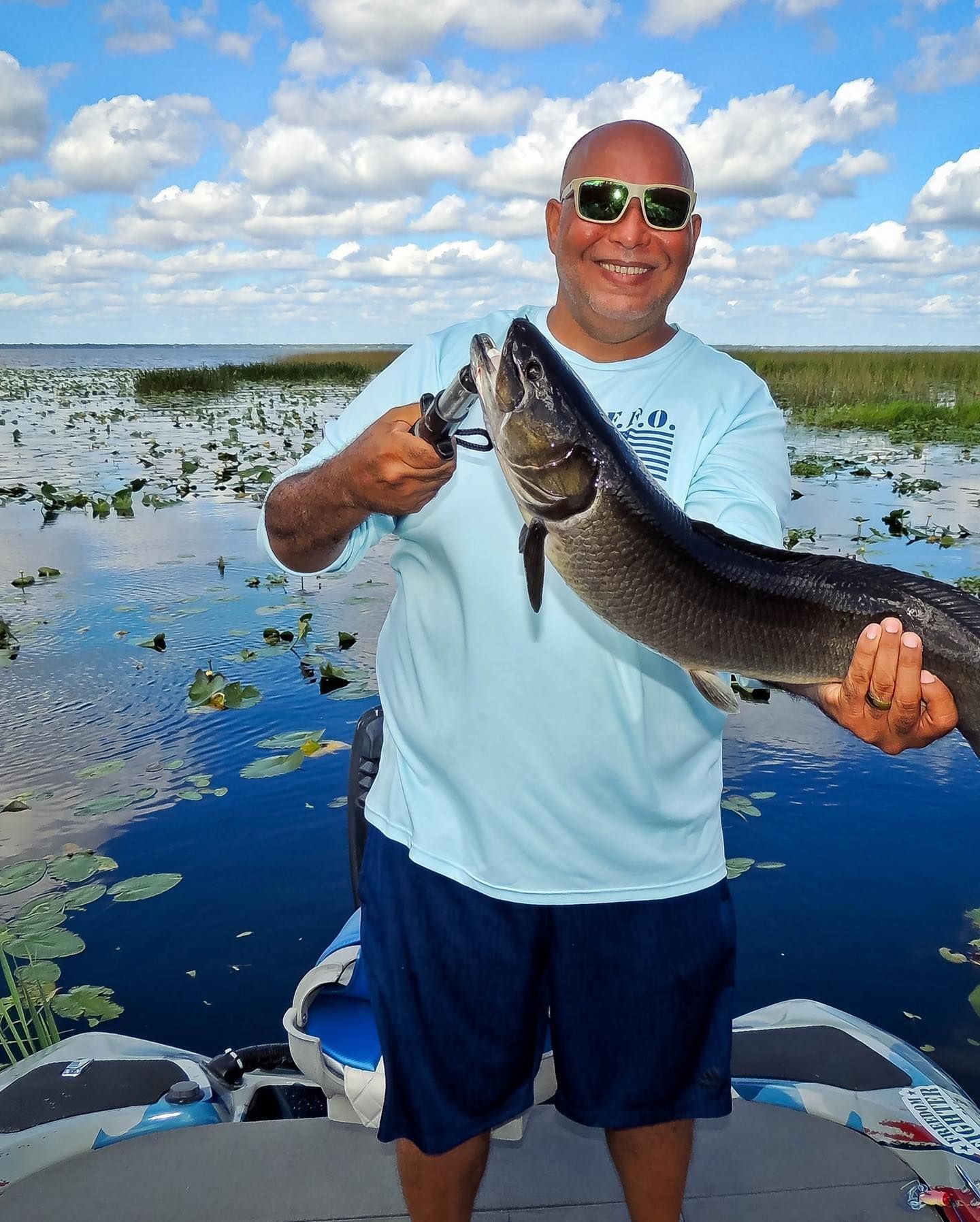Beginner’s Guide to Fishing: Essential Techniques and Tips
Fishing is a timeless activity that allows you to connect with nature, relax, and experience the thrill of catching your own fish. If you're a beginner, diving into the world of fishing might seem intimidating, but with the right techniques and equipment, it can quickly become an enjoyable hobby. In this guide, we’ll cover essential tips and techniques to help you get started.
Understanding the Basics of Fishing Gear
Before hitting the water, it's important to familiarize yourself with the essential fishing gear. The basic equipment includes a fishing rod, reel, line, hooks, and bait. For beginners, a spinning rod and reel combo is a great starting point. Spinning reels are easy to use and ideal for a variety of fishing styles. When choosing fishing line, monofilament is a good option as it’s affordable and versatile. Make sure to also pick hooks that suit the size of the fish you are targeting.
Choosing the Right Fishing Location
Selecting the right fishing spot is key to your success. For beginners, freshwater locations like lakes, ponds, or rivers are ideal. These areas often offer a range of fish species, such as bass, trout, and panfish, making them great for new anglers. If you're interested in saltwater fishing, consider exploring beaches, piers, or shallow reefs, but be aware that saltwater fishing can be more challenging due to stronger currents and larger fish.
Mastering Basic Fishing Techniques
To get started, it’s essential to know a few basic fishing techniques:
- Casting: Casting is a common fishing method. Hold your rod with both hands, swing it back, and cast it forward to release the line. Aim for a smooth cast to avoid startling fish. Practice in an open area to perfect your technique.
- Trolling: Trolling slowly drags a baited line behind a moving boat. This method covers more water and attracts active fish.
- Bottom Fishing: This technique is best for deep waters. Attach a heavier weight to your line to ensure the bait reaches the bottom where fish feed. It effectively catches species like catfish and bass.
Selecting the Right Bait and Lures
The right bait plays a crucial role in attracting fish. Live bait, such as worms, minnows, or insects, is often more enticing to fish compared to artificial lures. However, lures can be just as effective and are available in various shapes, sizes, and colors to mimic small fish or insects. Experiment with different types to determine what works best for the species you're targeting.
Reading the Water
A vital skill in fishing is learning to read the water. Fish often congregate near structures like rocks, submerged trees, or weed beds. Look for signs of fish activity such as ripples, swirls, or jumping fish. Additionally, pay attention to the water’s temperature. Fish are more likely to be active in cooler waters, so during hot weather, they may move to deeper, cooler spots.
Safety and Conservation
As with any outdoor activity, fishing requires safety and respect for the environment. Wear protective clothing, such as a hat and sunscreen, and stay hydrated throughout your trip. Always follow local fishing regulations, including catch limits and fishing seasons, to help preserve fish populations. Practice catch-and-release if you're not planning to keep the fish to ensure their survival.
Ready to dive into fishing? Glades Jet in Southwest Ranches, FL, is here to help. With over 10 years of experience, we offer expert advice and guidance for your fishing trips. Whether you're a beginner or seeking new spots, we provide the support you need. Contact us today to start your fishing adventure!



